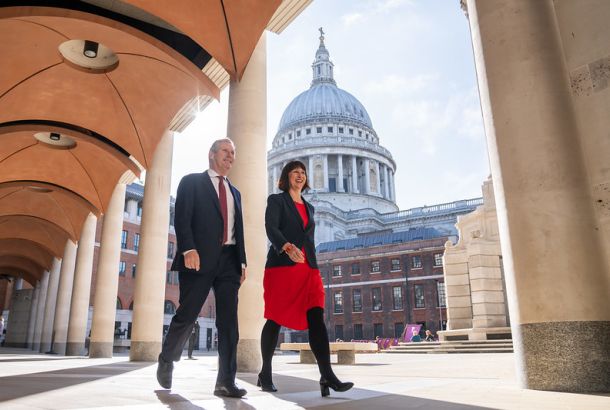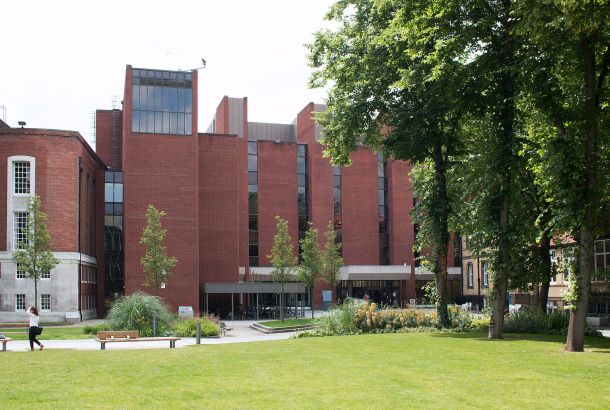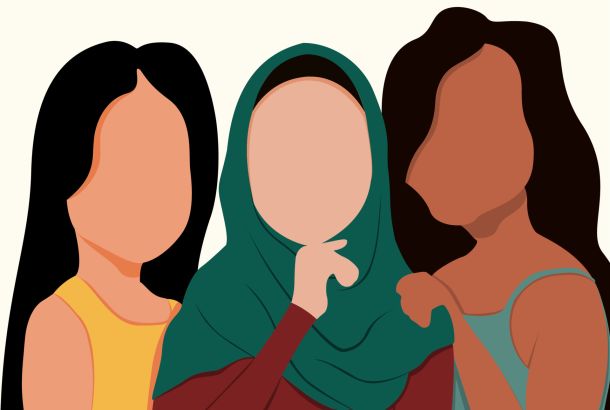Why is G-A-Y so S-T-R-A-I-G-H-T?
By rorybishop

The last time I entered G-A-Y I was greeted with the sight of a man around the age of 30 grinding on, and subsequently making out with, a woman of around the same age. This is by no means an anomaly: it is just as likely you would see this sight in other club-dominated places such as Printworks or Deansgate Locks. This does, however, present the irony of this exhibition of heterosexuality in a queer space – it’s in the name!
The question of the exclusivity of LGBTQ spaces has always been a point of contention in queer communities, and due to the reputation of Manchester’s Gay Village, I have experienced this pretty common talking point both at University and at home. When talking to a (straight) colleague at work 150 miles south of Manchester their first reaction to learning where I studied was “I love Manchester. The Gay Village is great. They’re so friendly.”
It is important to establish primarily that this article is by no means a criticism of the presence of straight individuals in queer spaces. That debate has already been previously covered in depth in The Mancunion. A location such as the Gay Village is all about inclusivity, and the idea of exclusion or exclusivity spits in the face of its principles, but it is equally understandable that queer individuals can find it jarring when these spaces are mistreated by individuals who, in my experience, have monopolised this space. Whilst their intentions might not harmful, their tone is often insincere.
There is no clear cut or correct way to engage in a gay bar, despite it being initially made for a specific community, just as there is no definitively correct way to enjoy a night out with friends. There are, however, ways that it is wrong to engage in these spaces. A recognition of the history and how to positively involve yourself is an important precursor to all visits to the Gay Village, or, as a matter of fact, any gay clubs.†
The Gay Village originated as an industrial zone of the city, and became increasingly popular amongst gay men due to its ample opportunity for clandestine meetings as the area became decreasingly active. The New Union is often agreed to be the first formal queer space on Canal Street around the 1950s, specifically designed with frosted glass to be inconspicuous. Even as homosexuality was (gradually) decriminalised, the area remained a safe space for many individuals and served as a meeting point for the gay community. With the launch of the Village’s first pride in 1985 it gradually transitioned from a place created out of necessity to one of celebration, hence its increasing emphasis on inclusivity.
Such inclusivity is inevitably a positive product of the movement for queer rights in what the queer theorist Jaime Hartless described as a wider shift towards the concept of ‘post-gay’ bars. Understandably, this has particularly been the case for straight women, so that they can avoid the dangers of predatory masculinity and harassment which is sadly prominent within the nighttime and drinking economy. With spiking in all nightclubs having increased year on year according to parliamentary studies, it is understandable why queer bars have become a safe space for women in the same way, in the same way it once was for gay individuals.
Hartless, however, simultaneously recognizes the “ambivalence” this shift has resulted in for many who might have previously benefited from such a space. Naturally it can prove alienating that a space allegedly designed by and for one community is taken over by another. A place initially built to combat exclusion can ironically turn exclusionary. It can also risk compromising the safety once provided by such spaces, because whilst the straight visitors might be going with positive intent, those that follow them into these spaces may not be. As recently as August the Manchester Evening News reported on a man spiking a woman in a Gay Village bar, demonstrating the shift away from the security once provided.
Obviously, the answer to this is not more exclusion or giving bouncers any more power of discretion over who can or cannot enter. Educating yourself on queer experiences is an important step. I’m not talking about reading a book in the middle of Club Tropicana or starting lively debates on a Brewers Tuesday. However, reading the work of queer authors, activists, or academics is a good start, as is engaging in queer art – not just made by queer artists but which actively discusses queerness as well. Even for heterosexual individuals you would be surprised how the themes of these works of identity and pride can be applied to your own life. Such values can also be positively translated into an individual’s interaction with queer spaces.
In a time where queer values are threatened, especially that of trans individuals, it is important to protect the refuge these communities provide. CloneZone, a gay sex shop on Sackville Street, has now been attacked five times between March and September and despite Chief Inspector Stephen Wiggins’ insistence that “hate crime in the village remains our top priority”, it is impossible to deny that targeted crimes against all minorities are becoming an increasing issue on both a local and national scale. Sexuality and transgender based hate crimes have increased from 105 incidents in April 2019 to 190 in May 2023. On a national level hate crimes across the board have risen by 26% from March 2021 to 2022 alone, which may be a direct result of the Prime Minister’s culture war, which increasingly threatens queer values and endangers individuals.
Thankfully, the expansion of queer spaces in the city, which proposes the idea that queerness is heterogenous, is a good start. Other venues such as Antwerp Mansion, Old Abbey Tap House, and the Homobloc events present alternatives to the Gay Village while also no longer containing queerness to any specific area. But, such expansion does not lessen the need to protect historical queer spaces. These spaces need to be protected by everyone; queer people and their allies. So the next time a straight friend suggests a night out on Canal Street, do not complain that the music is not to your taste. Do not avoid eye contact with the drag queens. Go to have a good time. That is what the area is for, and we need to protect and support both the area and its community.







